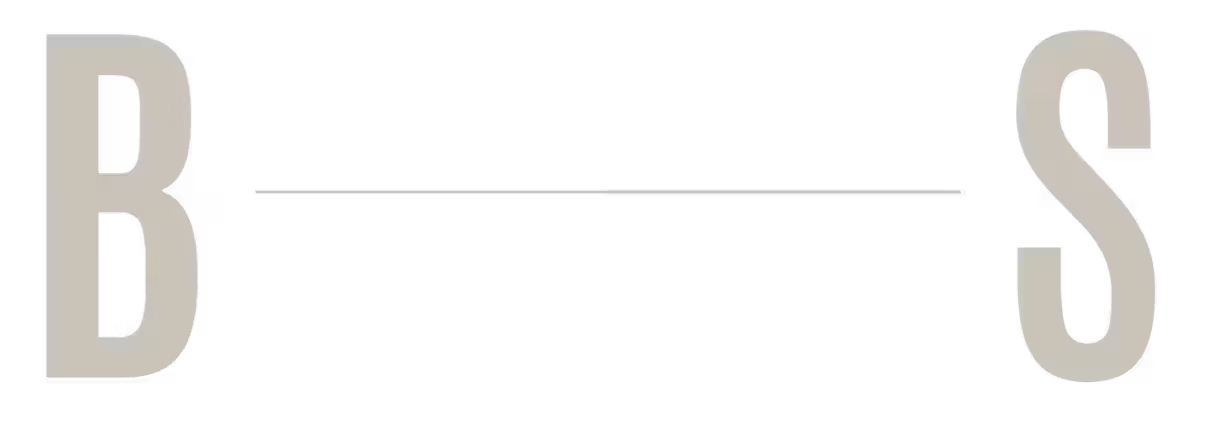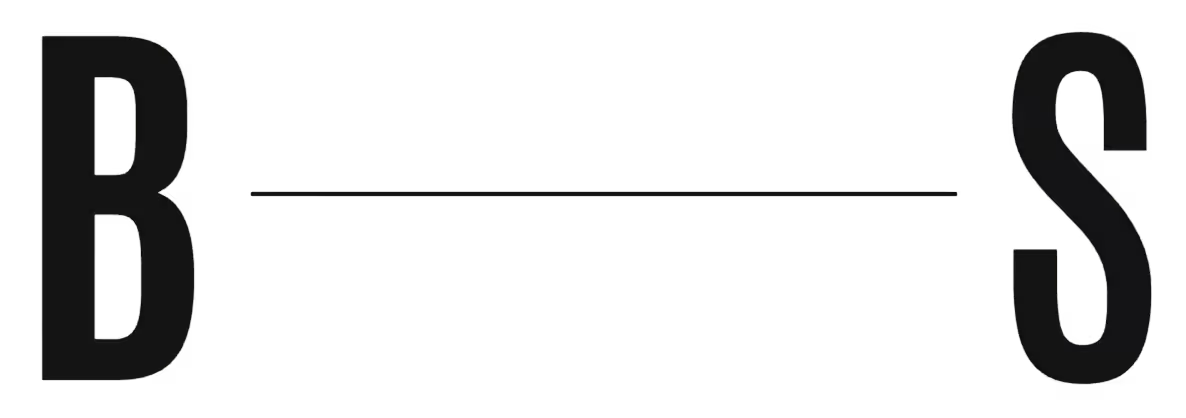The new digital divide
16th of October 2025 | +4 minute
UX & SEO: A Unified Strategy
SEO brings people to your site; UX keeps them there. Modern search visibility depends not just on keywords and links, but on how real users interact and feel — especially now, with AI/LLM-powered search engines weighing user signals heavily.
Our strategy connects this post with The Future of SEO in 2026 and our redesign insight 8 Reasons Why a Website Redesign Is Essential.

